
Breast cancer is the most common form of cancer affecting women in Malaysia. About one in 19 women in this country are at risk of this cancer.1
Breast cancer is a disease in which cells in the breast grow out of control and form tumors. In most instances, these tumors can be felt as a lump. Breast cancer can begin in different parts of the breast. Different kinds of breast cancer depends on which cells in the breast turn into cancer.2
A breast is made up of three main parts: lobules, ducts, and connective tissue. The lobules are the glands for milk production. The ducts are tubes that carry milk to the nipple. The connective tissue (which consists of fibrous and fatty tissue) surrounds and holds everything together. Most breast cancers begin in the ducts or lobules.2

Breast cancer is grouped into two main categories which are “invasive” and “non-invasive”. Invasive cancer has spread from the breast ducts or glands to other parts of the breast, whereas non-invasive cancer has not spread from the original tissue.3
These two categories are used to describe the most common types of breast cancer, which include:3
Other, less common types of breast cancer include:
The type of cancer you have determines your treatment options, as well as your likely long-term outcome.3
After being diagnosed with breast cancer, the doctor will establish the extent (stage) of your cancer. Your cancer’s stage helps determine your prognosis and the best treatment options.
Breast cancer stages range from 0 to IV and the staging also takes into account your cancer’s grade; the presence of certain biomarkers such as receptors for estrogen, progesterone and HER2; and proliferation factors.4
Staging are as follows:
The cancer has not spread at all (non-invasive) or is contained within the milk ducts.
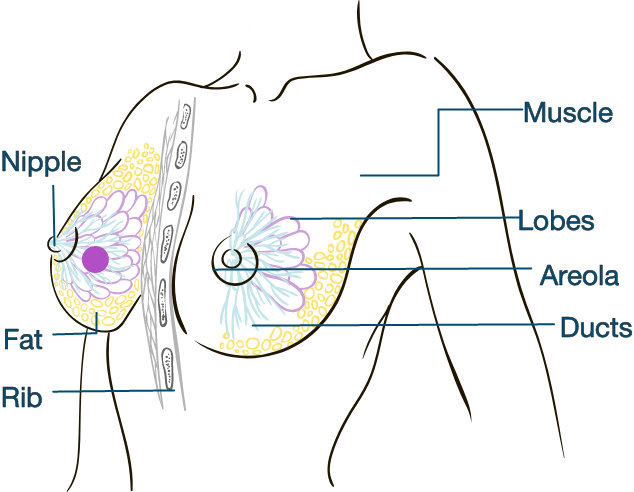
The cancer is evident, but it is contained to only the area where the first abnormal cells began to develop. The breast cancer has been detected in the early stages and can be very effectively treated.5
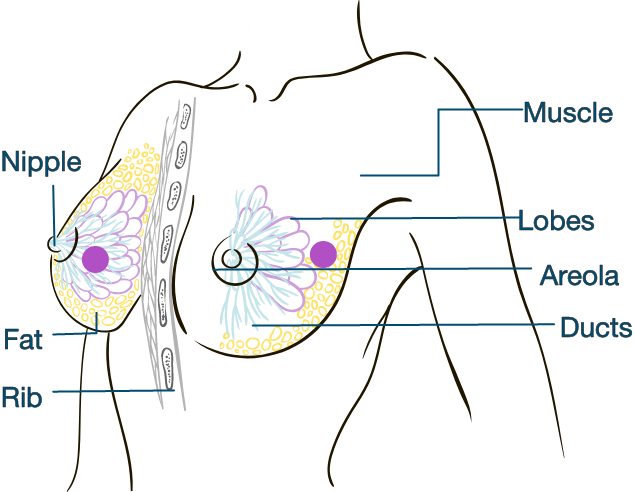
The cancer is growing, but it is still contained in the breast or its growth has only extended to the nearby lymph nodes in the armpit.
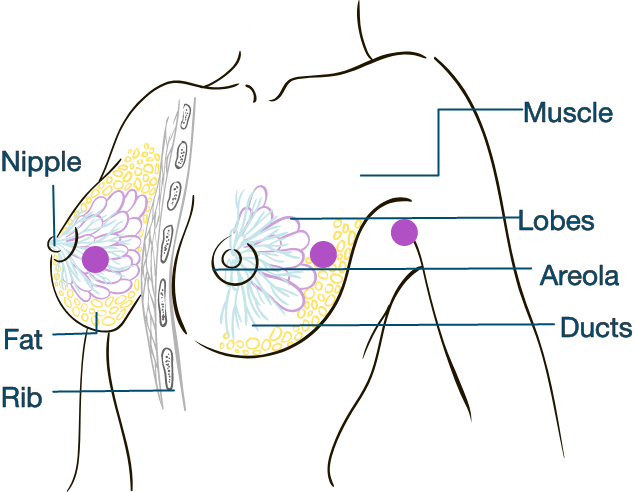
The cancer has extended to beyond the immediate region of the tumor and may have invaded nearby lymph nodes and muscles, but has not spread to distant organs.
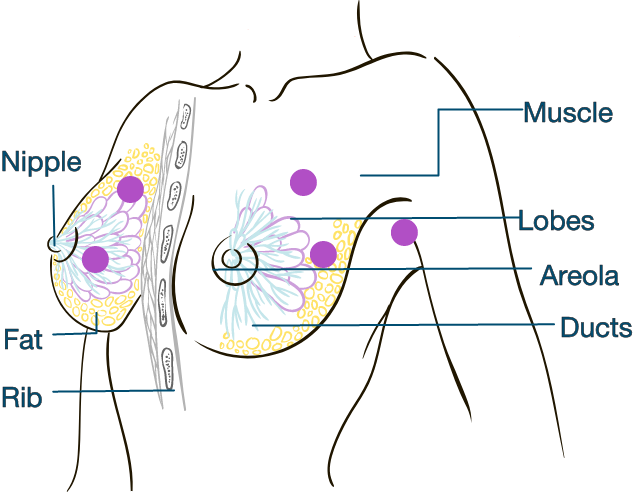
The cancer has metastasised which means it has spread to other areas of the body, often to lungs, bone or ovaries.6
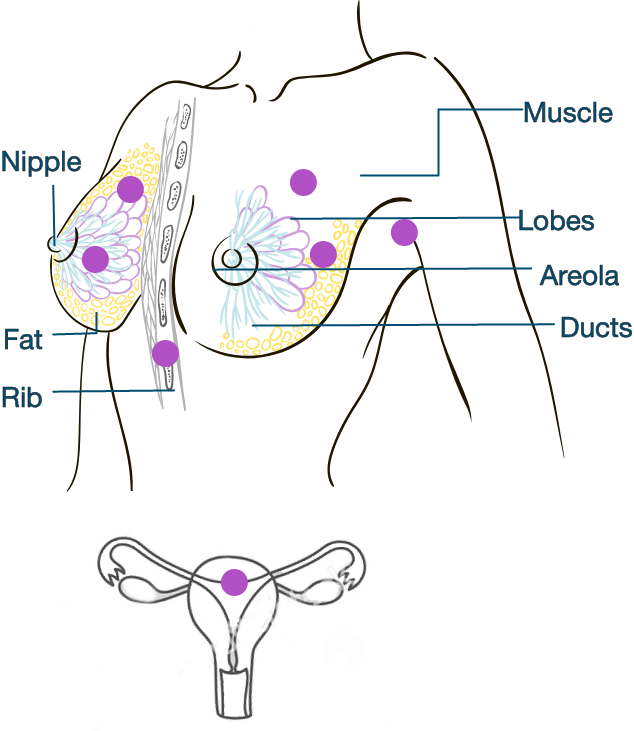
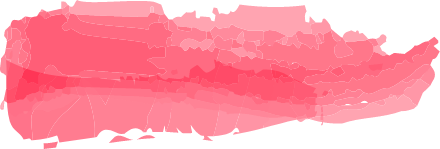
Different people have different symptoms of breast cancer. Some people do not have any signs or symptoms at all. Keep in mind that symptoms can happen with other conditions that are not cancer.7
The symptoms of breast cancer may include any of the following:

Lump in the breast or underarm (armpit)

Redness or flaky skin in the nipple area or the breast

Nipple discharge (other than breast milk, including blood)

Nipple turning inwards or pain in the nipple area
Others symptoms of breast cancer can include:
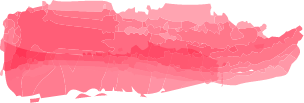
A risk factor is anything that increases your chances of getting a disease, such as breast cancer. However, having one or more risk factors does not mean that an individual will develop breast cancer for sure.
Breast Cancer Risk Factors You Cannot Change8
Main risk factor for breast cancer. Men can get breast cancer too, but this disease is more common in women than in men.
Most breast cancers are found in women age 50 and older.
About 5% to 10% of breast cancer cases are thought to be hereditary, meaning that they result from genetic changes (mutations) passed on from a parent. The most common cause of hereditary breast cancer is an inherited mutation in the BRCA1 or BRCA2 gene.
Having a first-degree relative (parents, siblings, children) with breast cancer almost doubles a woman’s risk. Having 2 first-degree relatives increases her risk about 3-fold. Overall, about 15% of women with breast cancer have a family member with this disease.
Women with dense breasts on mammograms have a risk of breast cancer that is about 1.5 to 2 times that of women with average breast density.
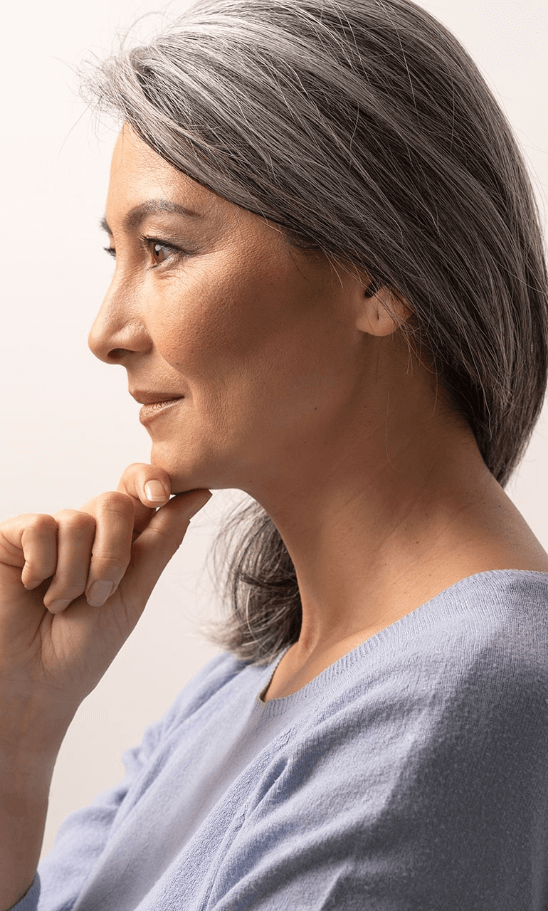
Lifestyle-related Breast Cancer Risk Factors9,10
The risk increases with the amount of alcohol consumed. Women who have 1 alcoholic drink a day have a small (about 7% to 10%) increase in risk compared to non-drinkers.
Being overweight or obese after menopause increases breast cancer risk.
Evidence shows that regular physical activity reduces breast cancer risk, especially in women past menopause.
Women who have not had children or who had their first child after age 35 have a slightly higher breast cancer risk overall. Having many pregnancies and becoming pregnant at an early age reduces breast cancer risk.
Evidence shows that regular breastfeeding reduces breast cancer risk, especially in women past menopause.
The BRCA gene is an important gene that helps to control cell growth in our body. When a mutation happens in this gene, it will lead to an increased risk of cancer. The two most common cancers in women that are due to BRCA mutations are breast and ovarian cancers.
Learn more about Hereditary Breast, Ovarian, Pancreatic and Prostate Cancer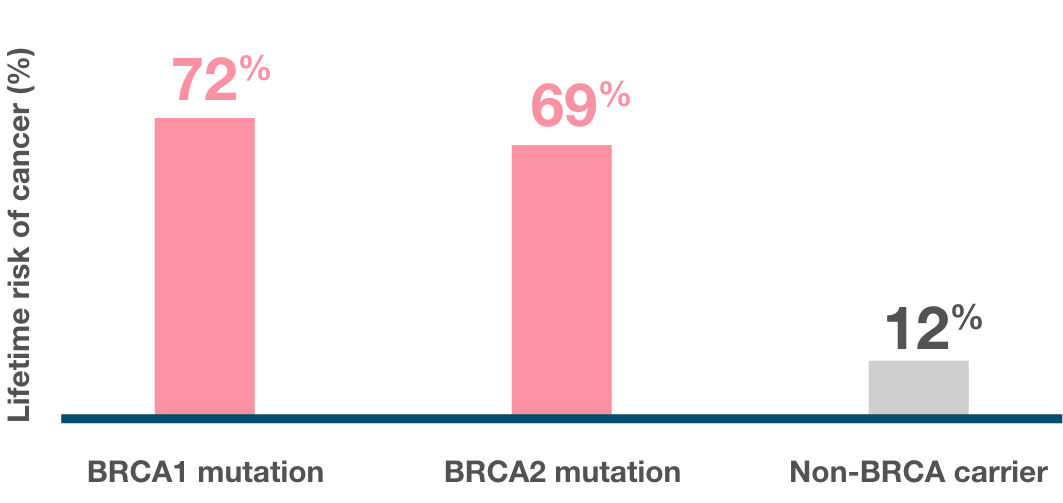
A woman’s lifetime risk of developing breast and/or ovarian cancer is greatly increased if she inherits a harmful mutation in BRCA1 or BRCA2.11
Breast cancer has several treatment options available and it may be used alone, or in combination.

Removal of the tumor and some surrounding healthy tissue during an operation.
• Lumpectomy
This is the removal of the tumor and some healthy tissue around the tumor. Most of the breast remains.
• Mastectomy
This is the surgical removal of the entire breast. There are several types of mastectomies, and some can preserve the skin and the nipple.
• Lymph node removal If the lymph nodes from the armpit are tested and show the presence of cancer cells, the nodes will be removed.
For earlier stages of cancer, surgery is the first treatment. Additional treatment with chemotherapy, radiotherapy, hormonal therapy, or targeted therapy is usually given after surgery to lower the risk of the cancer returning.
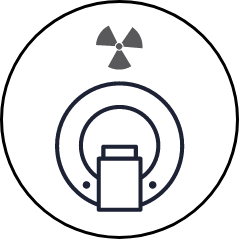
Using high-energy x-rays or other particles to destroy cancer cells. External-beam is the most common type of radiation treatment which is given from a machine outside the body. Radiotherapy may be given before or after surgery.
• Neoadjuvant radiotherapy (given before surgery to shrink large tumour and to ease removal)
• Adjuvant radiotherapy (given after surgery to reduce risk of recurrence)

Chemotherapy is the use of drugs to destroy cancer cells, usually by stopping their ability to grow and divide. It may be given before surgery as a neoadjuvant chemotherapy to shrink the tumor and make surgery easier, or after surgery as an adjuvant chemotherapy to lower the risk of cancer recurrence.
There are many types of chemotherapy used to treat breast cancer. These drugs can be used on their own or in combination with each other.
The side effects of chemotherapy vary from person to person and depend on the drugs used. Common side effects may include nausea and vomiting, infection, anemia, bruising, sore mouth, hair loss, constipation and diarrhea, fatigue, and skin and nail changes.
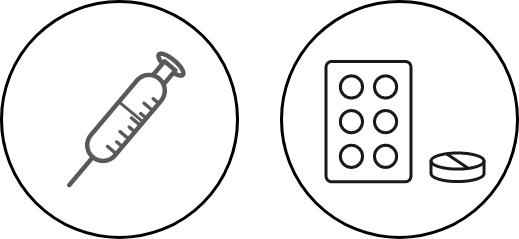
Hormonal therapy, also known as endocrine therapy, blocks cancer cells from getting the hormones they need to grow. This treatment is for people who have hormone receptors (ER or PR) on their breast cancer cells (called ER-positive or PR-positive breast cancer)
• Selective estrogen receptor modulators (SERMs)
• Aromatase inhibitors (AIs)
• Selective estrogen receptor down-regulators (SERDs)

Immunotherapy is the use of medicines to stimulate a person’s own immune system to recognize and destroy cancer cells more effectively. Immunotherapy can be used to treat some types of breast cancer.
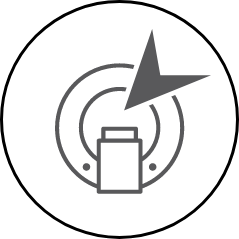
A treatment that uses drugs that targets the cancer’s specific genes, proteins, or the tissue environment that contributes to cancer growth and survival.
• Targeted therapy for hormone receptor-positive breast cancer
• BRCA gene mutation targeted therapy